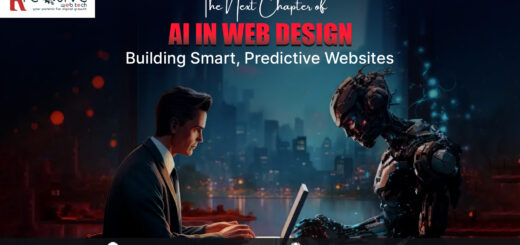The UX Exodus: Why Designers Are Rethinking Their Career Paths

Is the UX Exodus Real? In today’s digital world, UX design has been a key driver of innovation. It blends creativity, problem-solving, and user-first thinking to shape digital experiences. However, an unexpected shift is unfolding—many UX designers are questioning their careers. Some are switching fields, while others are leaving the industry altogether.
What’s causing this shift in a profession once seen as the heart of digital evolution?
This article explores the changing landscape of UX design. It uncovers the pressures, challenges, and evolving industry demands that are pushing some designers to rethink their future.
The Allure of UX Design: A Double-Edged Sword
UX design initially promised a mix of creativity and impact. Designers loved the idea of crafting seamless experiences that could touch millions. The field was dynamic, engaging, and full of opportunities.
But as UX gained recognition, expectations skyrocketed. The fast-paced nature of the industry led to tighter deadlines, increasing responsibilities, and growing pressure. What once felt like a dream job started to resemble a high-intensity grind.
Why Are UX Designers Leaving?
Several factors are contributing to the growing exodus:
1. Burnout from High Expectations
UX design involves research, wireframing, prototyping, and testing. While this work is fulfilling, it often comes with relentless pressure.
Businesses demand rapid results, leaving little time for deep research and thoughtful iteration. Many designers are expected to deliver polished designs at breakneck speed. This rush stifles creativity and leads to burnout. Over time, the passion for crafting meaningful experiences fades under the weight of unrealistic expectations.
2. Evolving Industry Demands
Technology is advancing at an unprecedented rate. AI, machine learning, and AR/VR are reshaping UX. To stay relevant, designers must constantly upskill.
For those who entered UX for its design aspects rather than its technical side, this demand is overwhelming. The pressure to master emerging tools can be exhausting. Many are opting for careers with clearer paths and fewer skillset disruptions.
3. Misalignment with Company Goals
Despite its importance, UX is still undervalued in many organizations. Instead of being treated as a strategic function, it’s often reduced to “making things pretty.”
Many designers find themselves excluded from key decisions. Their expertise in user behavior and problem-solving is overlooked. This lack of recognition can be frustrating. When designers feel like their work doesn’t matter, they start looking for roles where their skills are truly valued.
4. Lack of Clear Career Progression
UX careers often plateau at the senior designer level. Unlike engineering or marketing, which have structured growth paths, UX lacks clear advancement opportunities.
Many designers hit a ceiling, unsure of what comes next. Leadership roles are rare, and career transitions within UX aren’t always straightforward. To avoid stagnation, some move into fields with more defined growth prospects, such as product management or data analytics.
5. Ethical Concerns
The rise of persuasive design and dark patterns has introduced ethical dilemmas. Some UX professionals are asked to design addictive features or misleading interfaces that prioritize profits over users.
For those who entered UX to improve lives, these conflicts can be unsettling. Many leave the industry in search of roles that align with their values, where they can create meaningful, user-first experiences.
6. Freelance Fatigue
Freelancing is often seen as an escape from corporate constraints. It offers flexibility and creative freedom. But it also comes with instability—unpredictable workloads, difficult clients, and inconsistent income.
The constant hustle of finding new projects, negotiating rates, and managing finances can be draining. Many freelancers eventually seek stable positions that offer financial security and a healthier work-life balance.
Where Are UX Designers Going?
While some leave UX entirely, others pivot into roles that still leverage their skills. Common career transitions include:
1. Product Management
Product managers shape a product’s direction from concept to launch. This role appeals to UX designers because it blends user-centered thinking with business strategy.
By transitioning to product management, designers gain decision-making power. They influence not just design but also product vision, development, and success.
2. Service Design
Service design takes UX principles beyond digital products, focusing on end-to-end user journeys. It applies to industries like healthcare, retail, and public services.
UX designers moving into service design tackle complex challenges that span digital, physical, and operational experiences. This shift allows them to have a broader impact on how people interact with products and services.
3. Data Analytics
With their expertise in user behavior, UX designers are well-suited for data-driven roles. Data analytics allows them to uncover trends, optimize user experiences, and guide business decisions.
This transition merges research skills with analytical thinking, enabling designers to influence strategy at a higher level.
4. Development Roles
Some UX designers expand into front-end or full-stack development. This shift allows them to build and refine digital products, ensuring their designs translate into seamless user experiences.
Combining design expertise with coding opens new opportunities. Designers-turned-developers can create products that are both visually compelling and technically robust.
5. Advocacy and Consulting
Experienced UX professionals often move into consulting, where they help businesses improve user experiences. This path offers flexibility and broader industry impact.
As consultants, they guide companies in implementing UX best practices. They also educate teams through workshops and advisory roles, helping organizations adopt user-first strategies.
How the Industry Can Retain UX Talent
Companies can take steps to reduce designer turnover and create better work environments:
1. Value UX as a Core Strategy
Businesses must integrate UX into their decision-making processes. Designers should be involved early, ensuring user needs are prioritized alongside business goals.
When UX is recognized as a strategic function, designers feel empowered and more invested in their work.
2. Provide Career Growth Paths
Clear career progression helps retain talent. Companies should establish leadership roles within UX, such as design leads, strategists, or cross-functional managers.
By creating well-defined paths, businesses keep designers engaged and motivated.
3. Support Continuous Learning
Technology evolves quickly. Companies should invest in training programs, workshops, and industry events.
Providing ongoing education keeps designers competitive and reassures them that the company values their growth.
4. Promote Work-Life Balance
Burnout is a major issue in UX. Organizations need to set realistic expectations and allow sufficient time for research, testing, and iteration.
A balanced workload fosters creativity and long-term job satisfaction. Offering remote work options and flexible schedules can also help designers maintain a sustainable pace.
5. Prioritize Ethical Design
Companies must commit to ethical UX practices. Designing for user well-being—rather than manipulation—builds trust and retains talent.
When designers believe in their work’s impact, they stay engaged and committed to their roles.
A Future of Possibilities
Despite its challenges, UX remains an exciting and valuable field. Designers who feel stuck have options—whether shifting into leadership, exploring related fields, or advocating for better industry practices.
At the same time, companies must recognize the factors pushing designers away. Addressing these issues will help retain talent and create environments where UX professionals thrive.
Ultimately, whether designers stay in UX or pivot to new roles, their problem-solving skills, creativity, and user empathy will always be in demand. Their expertise extends beyond one industry, ensuring they can make meaningful contributions wherever they go





